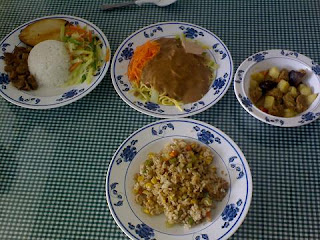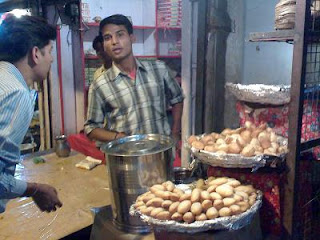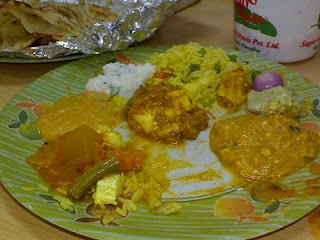
I should be celebrating Gat Andres Bonifacio's birthday tomorrow, but aptly enough...
With what Senator Antonio Trillanes pulled off today, I am compelled to react, not to support or condone his actions, but merely to remind everyone that love of country is not about creating discord or chaos, enticing revolutions or sowing hatred.
Our National Hero Jose Rizal knew all too well that any profound change must start from ourselves, and naturally, all change that is meaningful to us is one that results in harmony, cooperation, understanding and ultimately Love --- love for fellowman, love for country.
Ultimately, history will be the judge of today's theatrics.
Every 7th of each month, a small group of people quietly meet in a small house somewhere in the heart of Manila, Quiapo to be exact, to meditate on, study and share positive thoughts on the Kartilya ng Katipunan written by Emilio Jacinto. The Kartilya is a collection of 14 tenets which once upon a time, formed the heart of the Katipunan's values. The lessons of more than a hundred years ago still ring true and are as relevant as they were then, today. Read more about the movement here.
Did the Katipunan, long held as the unifying symbol of revolutionary nationalism or which serves as the basis for the advocacies of many so-called nationalist movements we see commonplace these days, espouse the use of force as a means to an end? Read here and be the judge. (Note: click on the blue links for an english translation)
If you want positive change, including that of the world around you, start with yourself.
"We must be the change we want to see" - Mahatma Gandhi


















 A few pieces of raw vegetable such as radish or onion is usually served as a siding to most meals. That, I think is a healthy practice. (Again, I was told not to eat anything raw in India.... okay, take me to court!)
A few pieces of raw vegetable such as radish or onion is usually served as a siding to most meals. That, I think is a healthy practice. (Again, I was told not to eat anything raw in India.... okay, take me to court!) 

















